
I must confess, I’m not a huge fan of televised sport.
My dislike dates back to childhood and my father’s habit of falling asleep in front of Grandstand every Saturday afternoon. He’d wake and protest loudly if I so much as edged towards the channel button, thwarting every attempt to watch anything that an eight-year-old might find more entertaining.
Perhaps it’s little wonder then that these days, if I do watch it, I’m easily distracted. It doesn’t take long for my mind to wander, as I focus on things away from the action. I notice the people in the crowd, the quirks of the commentary and – especially – the advertising hoardings or logos on players’ shirts.
Have you ever wondered about those ads? Football sponsorship deals see shirts plastered with the names of every company from Etihad Airways (Manchester City) to American Express (Brighton and Hove Albion). Why do companies pay to put them there?
As you might guess, it’s not because fans are so easily diverted from the action that the mere sight of a Mercedes logo will immediately make them switch off the TV, rush down to their local dealership and fork out for a brand-new set of wheels. Viewers of the Singapore Grand Prix don’t suddenly decide they urgently need to send a parcel via DHL as soon as the chequered flag is waved. And Hull City fans are unlikely to skip a trip to the KCOM stadium and go to Flamingo Land instead. (That’s a real sponsorship deal, by the way.)

So why do it? After all, such ads are far from cheap. Slapping your logo on the tail wing of an average Formula One car will set you back a cool $20 million. That’s an awfully large investment that can only possibly be justified by an even bigger return.
The answer may surprise you. Not only that, but it’s one that has profound implications not just for TV advertising, but for how you can position yourself to win bids for major contracts. And the best news is that you don’t have to invest huge sums to gain that advantage. In fact, aside from the cost of your time, the investment required could well be zero.
Knowing me, knowing you
If you’re in sales, you may well have heard the adage that, all things being equal, people buy from people they know and like. It’s even said that, all things not being equal, people still buy from people they know and like. Why is that?
Well, it’s no coincidence that the adage focuses on both knowing and liking. As any psychologist will tell you, the two are closely related. We grow to like what we know. Just seeing something repeatedly is enough to make you form a positive opinion of it. It’s called the mere exposure effect, and it applies as much to brands and organisations as it does to people.
The reason for this stretches back thousands of years, to when we tended to trade with people in our own communities. We evolved to be highly cooperative. And that helped us to thrive when it came to, say, exchanging goods that could vary enormously in quality – such as hunted game.
It was critical in such situations that we restricted trade to people we knew well and trusted. Doing otherwise could well have been fatal. And, as everyone lived in close-knit communities, we shared information readily amongst ourselves about whom we should trust.
Familiarity, far from breeding contempt, became a quick way to work out whom you could literally trust with your life. And such shorthand became hardwired over the millennia that followed.
An issue of trust
Our trade now may be much more sophisticated. But our brains are more or less the same. We trust what’s familiar. More than that, we like it. (Incidentally, that’s why your opinion of the bid you’ve spent the last two weeks writing may not be as objective as you think. When you get that close to something, you fall in love with it.)
But how is this relevant to bid writing? Well, no matter how much work you put into a bid and how well written it is, no matter how well aimed your offer or how much evidence you can back it up with, you’ll still be at a huge disadvantage if your prospects have never heard of you.
That’s why prospects often favour the incumbent supplier. Their Stone Age brain tells them to trust the people they know more than those they don’t. And while they think they’re being objective, they’re still being driven by programming that’s very hard to override.
So, how can you build that trust if you are an outsider? Well, that’s where sport comes in. I’m not suggesting that you take out an ad at Wembley or sponsor Lewis Hamilton. But there is an alternative that is not only cheaper, but arguably much more effective.
And that strategy is thought leadership.
Problem solving
Thought leadership is just a fancy term for positioning yourself as an opinion leader and expert in your chosen field. But rather than telling people how fantastic and qualified you are, you show them, by solving their problems.
Thought leadership involves writing and providing content for the publications and websites that your prospects will read. Such publications and websites typically have no budget for such content. And they have acres of space to fill. In other words, they need you as much as you need them.
Developing white papers that you send to prospects (or use as a lead magnet on your website) is another form of thought leadership that can be devastatingly effective.
What most people don’t realise is that publications and websites don’t charge to publish content like this (which is not to be confused with advertorial, sometimes called sponsored content). In fact, it’s impossible to buy. All it takes is time.
Of course, you have to approach the task in the right way. It’s critical that you make no attempt to include anything even vaguely promotional. This will almost certainly be removed or result in the piece being rejected. Even if it does get through, it will alienate the reader, as you’ll trigger their ‘sales’ detector.
The payoff is in the author bio at the end, which should briefly describe your relevant expertise and include your contact details or a link to your website.
Decent exposure
When you write content like this, you help not just the organisations in your chosen sector who run these websites but – crucially – your prospects. And that leads them into seeing you favourably. You position yourself as an expert, which builds up evidence to them that you may be worth considering. But, above all else, it gains you exposure. Before long, you’ll no longer be a stranger to them.
The best thought leadership is not a one-off white paper that lands in someone’s inbox and sits there. Rather, it’s a repeated drip, drip of information.
That drip, drip establishes a pattern over time. Your prospects start to become familiar with you. They begin to trust you. And that gives you a massive advantage when you submit your next bid.
What you will have done is nothing less than create a great environment in which to sell.
So the next time you’re watching the footie or motor racing, have another look at those adverts. And just imagine how they are literally programming the people who see them. Those people are starting to categorise them as ‘familiar’. They may not know it, but they’re starting to like them at a level that will influence future buying decisions.
It’s likely that those will be the brands they trust next time they need to choose a flight or credit card, send a parcel, or even decide which theme park to take the kids to on a dreary Sunday afternoon.





